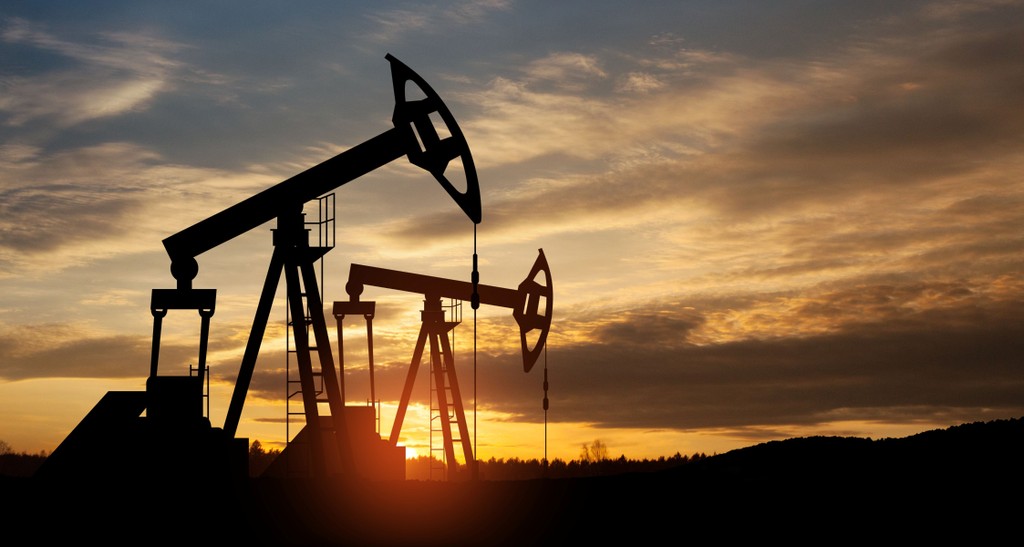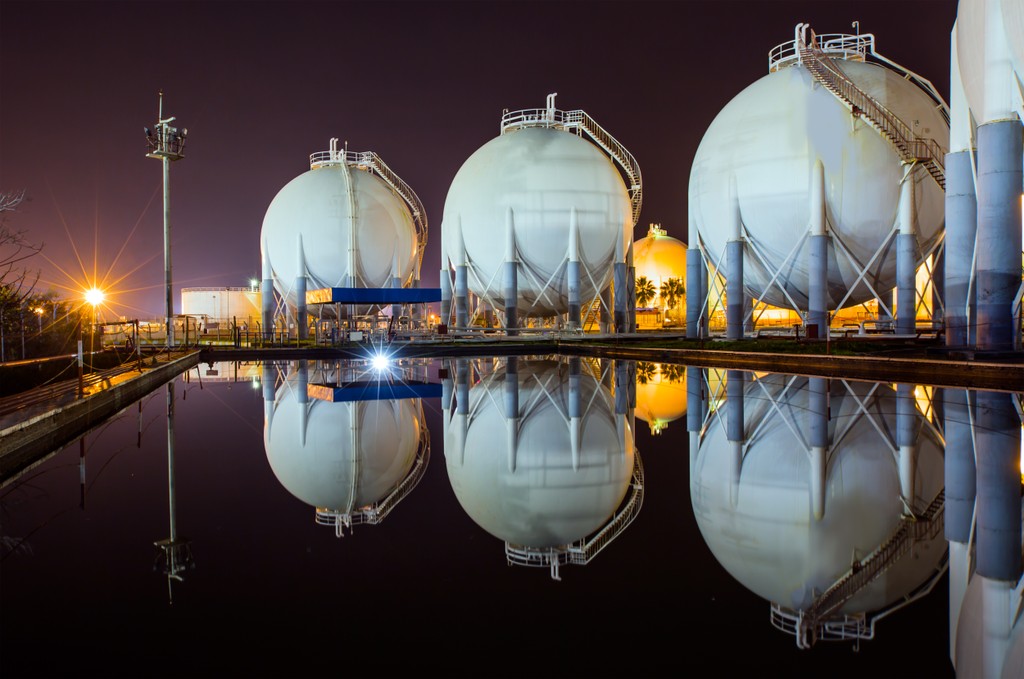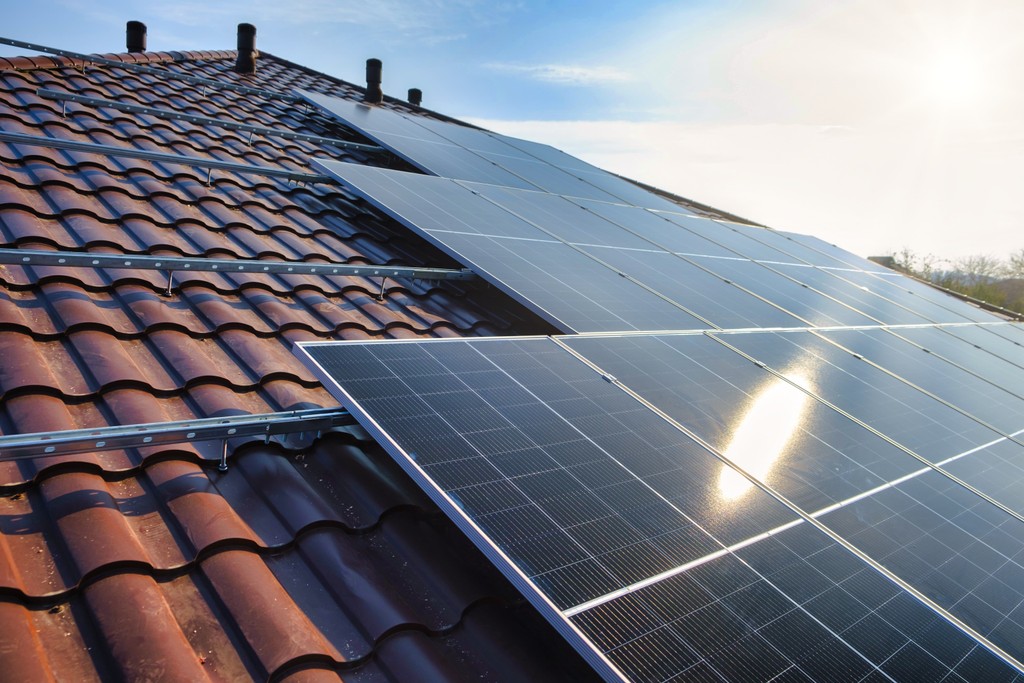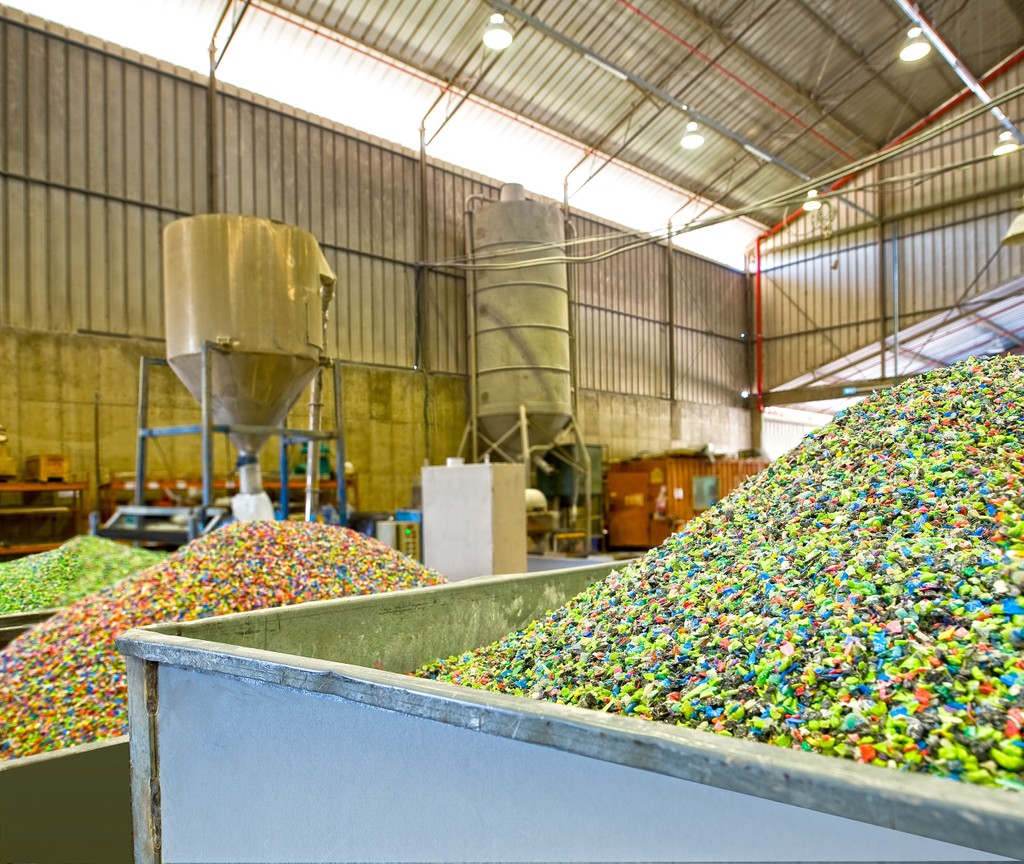PRESS RELEASE
Significant Investment Needed to Ready the Global Power Grid for Net Zero: BloombergNEF report
London, 12 December 2024 – In order to keep up with the energy transition, the world’s power grids will require significant investment and new mileage between now and 2050. According to BloombergNEF’s (BNEF) New Energy Outlook 2024: Grids report, an annual investment of $811 billion by 2030 will be required under BNEF’s Net Zero Scenario (NZS) to ready the grid for rapid growth rates in clean power, electric vehicles and other low-carbon technologies. That’s nearly three times as much as flowed into the sector last year.
Even in a slower, economics-led transition, as modeled in BNEF’s Economic Transition Scenario (ETS), grid spending is elevated compared with past levels. Under this scenario, BNEF sees annual grid investment hit $483 billion by 2030, 58% above the average annual investment seen over the first four years of this decade. The majority of this investment goes into traditional grid projects with wires, cables, towers and substations, and millions of kilometers of new wires are laid down. Yet new digital technologies are used in both scenarios to help keep the grid stable, balanced and safe.

Renewable energy projects in remote locations – such as solar power plants in the desert, or wind turbines in the middle of the sea – need hundreds of kilometers of new transmission lines to carry power from where it is generated to where it is consumed. Under the NZS, the global transmission grid doubles in length by 2050, by which time three-quarters of global electricity would be generated from wind and solar.
The distribution grid – the lower-voltage network that typically brings power to consumers – grows less dramatically in length, but new cables and wires are still needed, particularly to replace aging assets. In addition, demand-side flexibility and small-scale batteries reduce the need for distribution grid buildout but come with a price tag.
According to BNEF’s report, the Asia Pacific region sees the fastest grid investment growth under both scenarios. The region represents 42% of global grid spend by 2050 in the Net Zero Scenario, up from an estimated third in 2023. The Americas and Europe come in second and third, respectively, accounting for about a fifth of the world’s total grid digitalization investment between now and 2050. In the NZS, Europe’s capital spend on grid digitalization totals $458 billion over that period, and US investment reaches $453 billion.
Globally, only a small number of grid development plans by transmission and distribution companies analyzed by BNEF align with the NZS. This investment gap is partially due to real-world growth of renewables, electric vehicles and other clean technologies being slower than in the NZS, and partially due to underinvestment in the grid. However, Great Britain and California stand out with grid development plans that align with this scenario.
Over the next two years, Great Britain plans to invest an average of $11.8 billion per year in strengthening its power grids to meet its clean power target. Much of this funding will go to integrating new offshore wind capacity, with over 10,000 kilometers of new submarine cables added by 2035. Offshore wind build also triggers a need for new power lines on land, as the clean electrons need transport from the shore to large demand centers.

California plans to invest an average of $16.5 billion per year over 2025-26 on its power grids. Undergrounding wires for wildfire resilience and integrating renewable energy and electric vehicles are key funding priorities, as the state makes progress towards its net zero by 2045 target. The planned capital expenditure is even higher than the yearly $14 billion invested in the NZS, as California’s grid operators are spending more on undergrounding and resilience than accounted for in the BNEF scenario.
This research forms part of a series of regional and sector reports diving deeper into results from BloombergNEF’s global New Energy Outlook report.
Contact
Oktavia Catsaros
BloombergNEF
+1 212 617 9209
ocatsaros@bloomberg.net
About Bloomberg
Bloomberg is a global leader in business and financial information, delivering trusted data, news, and insights that bring transparency, efficiency, and fairness to markets. The company helps connect influential communities across the global financial ecosystem via reliable technology solutions that enable our customers to make more informed decisions and foster better collaboration. For more information, visit Bloomberg.com/company or request a demo.






